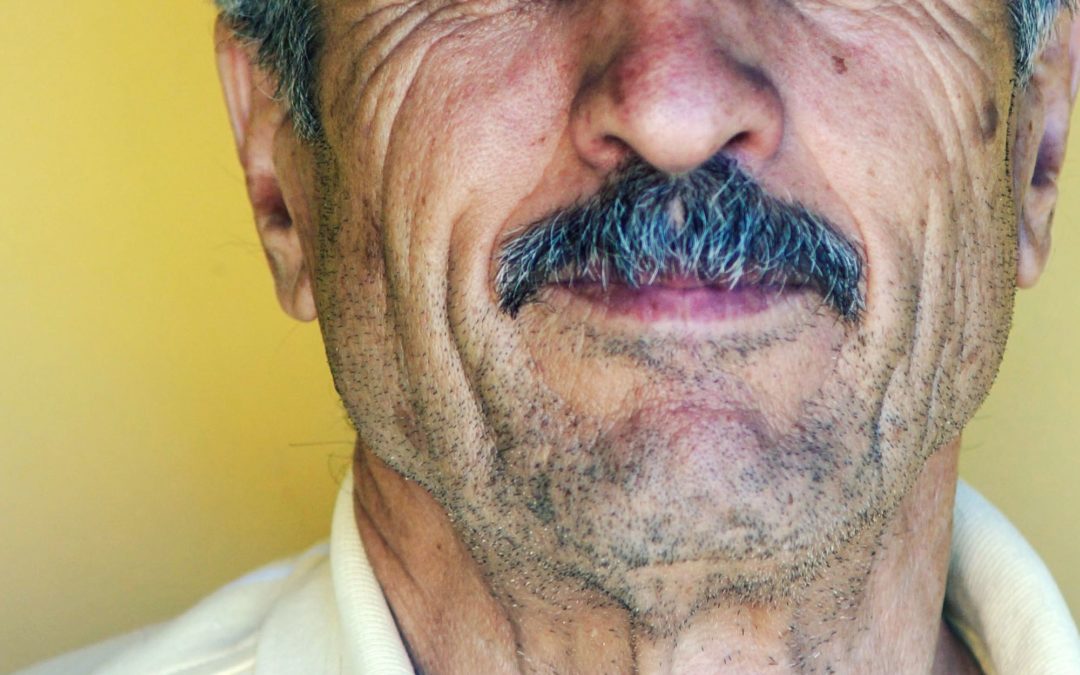“Wrinkles should merely indicate where smiles have been.”
~Mark Twain
Wrinkles have a dual personality in our society. On one hand, we like to consider them “character lines”- a testament to the fullness of our lives and experiences. On the other hand, with Western society placing a high value on youth and beauty, we find ourselves trying the latest youth-restoring-wrinkle-erasing creams, treatments and therapies without consideration for proof, price or pride.
The fact is that no matter how “graciously” we accept age; who does not wish that Ponce de Leon had been successful in his search for the proverbial fountain of youth. We might be able to accept the “character lines”, the wrinkles that come through actual usage like smiling or frowning. However, the wrinkles that come with the cellular changes in skin as we age are more difficult to accept.
Ageing skin. You watched your grandparents and parents get it and dutifully supported them. Are you really ready for your own skin – the largest organ in the body – to suffer those changes too?
Environmental damage (sun, alcohol, smoking are the usual agents), dry skin, hormonal depletion and dehydration have long been considered the primary causative agents for the wrinkling, thinning and bruising we see in aging skin. New research, led by Professor Jean-Hilaire Saurat of Geneva University, has shown aging skin damage is caused by hyaluronic acid enzymes destroying hyaluronic acid – the gel that keeps moisture in your skin. Less hyaluronic acid in the dermis means a loss of its protective ability and a general wasting away and thinning of skin.
While wrinkles and ageing skin have usually been considered aesthetic problems, increased life spans now add a new dimension to the significance of this research. We have an increased geriatric population whose skin has lost its natural protective mechanical ability. Aged skin has an extreme fragility resulting in non-healing ulcers, dissecting hematomas and lacerations.
Professor Saurat is advocating the term “dermatoporosis” to emphasise to both health care professionals and the public alike the pathology and disease process of aging skin. Dermatoporosis, just as osteoporosis, needs to be recognised, prevented and treated to avoid dangerous complications and not just dismissed as a “cosmetic” problem.
With the growing use of steroids, advanced dermatoporosis is an increasingly common dermatologic problem. Like osteoporosis, it can be intrinsic or extrinsic. But in most cases it is induced by use of systemic steroids. It is frequently seen in elderly rheumatoid arthritis and chronic asthma patients, and it can result in severe, painful lacerations, according to Dr. Saurat.
While there are many clinically effective treatments available that increase hyaluronic acid in the skin, the Swiss research team has focussed on a “retinoid-hyaluronate connection” for preventive intervention.
Dr. Seurat’s investigations may be the beginning of a new era in the treatment of aging – changing the perception of the use of hyaluronic acid fillers as treating the underlying cause of skin aging and wrinkles, preventive medicine and an overall investment in health and well being.
Caveat Emptor
If you are considering an alpha-hydroxy peel, Botox or any filling agent, please consult a qualified registered dermatologist or plastic surgeon. While several general practitioners who have had additional training in some cosmetic procedures, they cannot possibly have the same level of experience or clinical eye as a registered, qualified specialist.
If you are offered a product or therapy that seems too good to be true – it probably is too good to be true. If the product or therapy quotes great results, ask for a copy of a clinical study from a major medical institution or university that substantiates the claim. Then share that study with your specialist.
This article was written by Dr. Joaquin Mut Oltra, Dermatologist at Clinica Santa Cecilia. Call us today at +34 95 252 1024 to set up your appointment with Dr. Mut.

